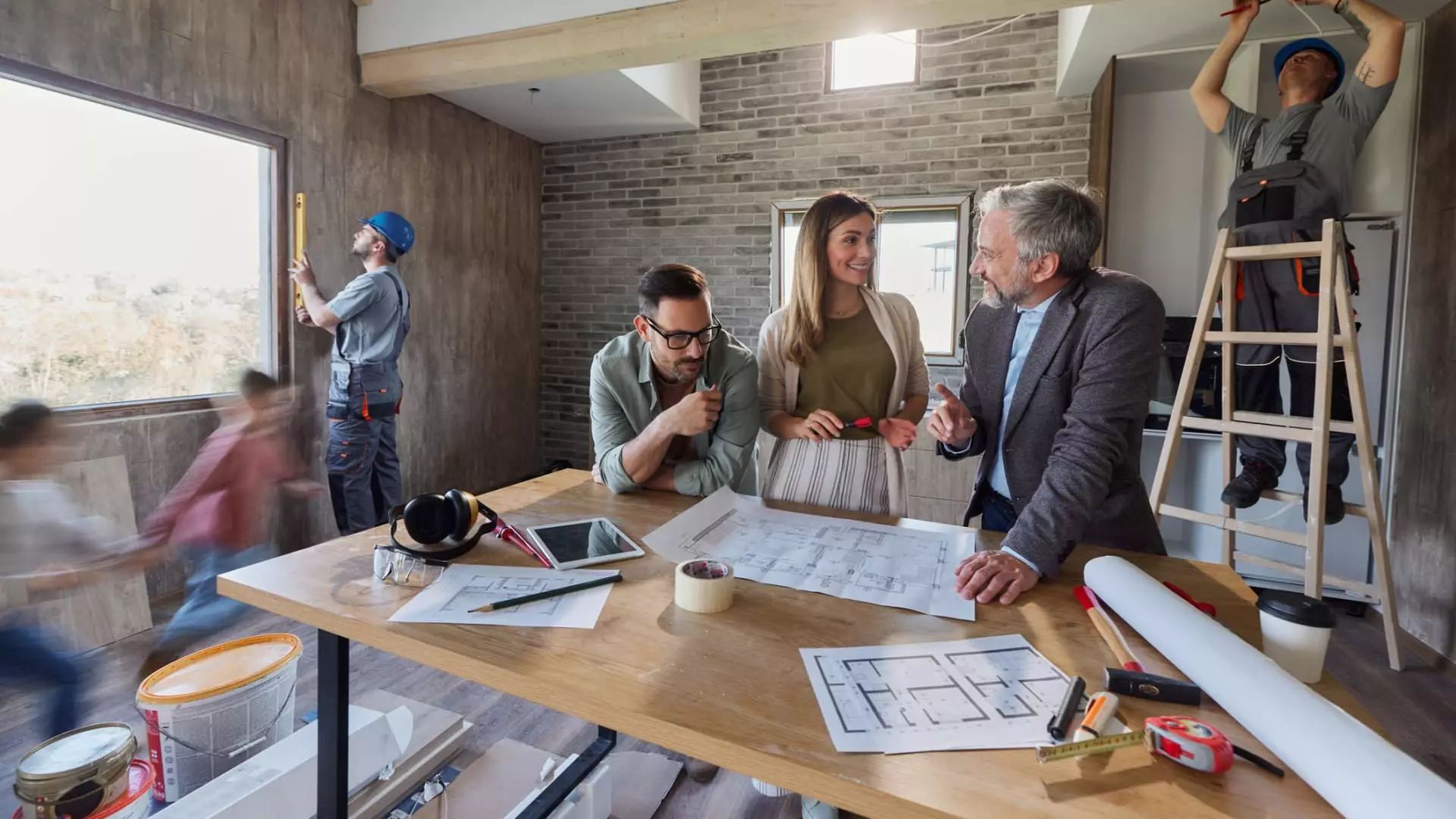The latest reports indicate a decrease in the number of homeowners taking on remodeling projects in recent times. However, this decline should not be misconstrued as a symptom of a sluggish market. According to the Leading Indicator of Remodeling Activity (LIRA), a metric that forecasts spending on home improvements and repairs for owner-occupied homes, the index reached its peak at 17.3% in the third quarter of 2022. Since then, it has been on a downward trajectory, with a 1.2% decrease in the first quarter of 2024 compared to the previous quarter.
Another gauge of the remodeling industry’s pulse is the NAHB/Westlake Royal Remodeling Market Index by the National Association of Home Builders (NAHB). The RMI, which tracks remodelers’ sentiment regarding the market, hit its peak at 87 points in the third quarter of 2021. Like the LIRA, the RMI has been steadily declining ever since. In the first quarter of 2024, it dropped to 66 points, representing a one-point decrease from the prior quarter. Despite this decline, the RMI still indicates that more remodelers view the current market conditions as “good” rather than “poor,” as per NAHB’s chief economist Robert Dietz.
The peak of the Covid-19 pandemic witnessed a surge in home renovation activities. Homeowners, compelled to spend more time indoors, showed a keen interest in revamping their living spaces by renovating crucial areas such as kitchens and bathrooms, setting up home offices, and even adding pools. Many also had accumulated savings from stimulus checks and diverted funds that were previously allocated for unattainable activities during the lockdown towards home improvements and remodels. According to Abbe H. Will, a senior research associate at the Joint Center for Housing Studies at Harvard University, the bulk of the expenses for projects in 2021 were funded from homeowners’ savings.
However, the windfall from the pandemic-induced savings has now dissipated, leading to a decline in remodeling activities. Homeowners are now embarking on fewer and relatively modest remodels. Despite this, the average expenditure per project has risen, influenced by broader inflationary pressures and escalating costs of construction materials and labor. In 2023, homeowners spent an average of $9,542 on home improvements, marking a 12% surge from the previous year. Concurrently, the count of projects booked decreased from an average of 3.2 in 2022 to 2.8 in 2023, as per data from the State of Home Spending by Angi.
While the home improvement sector is expected to observe a moderation from the peak activity levels during the pandemic, remodelers are still witnessing a sustained demand for their services. Contributing to this demand is the fact that homeowners are residing in their homes for more extended periods, and the existing housing stock in the United States is progressively aging. Research indicates that the average tenure of a homeowner in their abode is 11.9 years in 2024, nearly double the figure of 6.5 years recorded in 2005. This trend is chiefly driven by aging baby boomers opting to age in place rather than relocate, resulting in a surge in “aging-in-place remodeling” projects.
The median age of all owned homes in the U.S. stood at 41 years in 2021, highlighting an aging housing market. Approximately 60% of the existing housing stock comprises homes built in the 1980s or earlier, as indicated by a data analysis from the U.S. Census Bureau and the NAHB. The scarcity of new residential constructions over the past decade underscores the urgent need for reinvestment in the aging housing stock. This necessitates homeowners to allocate resources towards maintaining and upgrading their properties to meet modern standards and requirements.


Leave a Reply